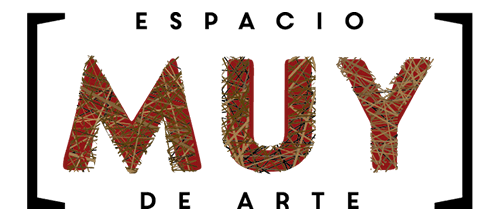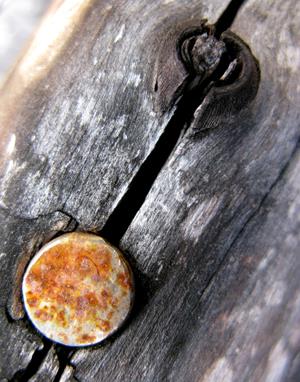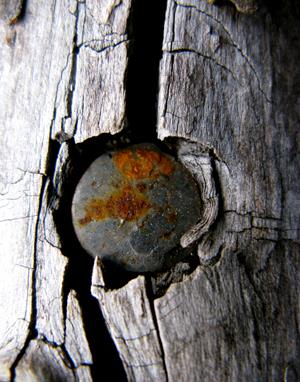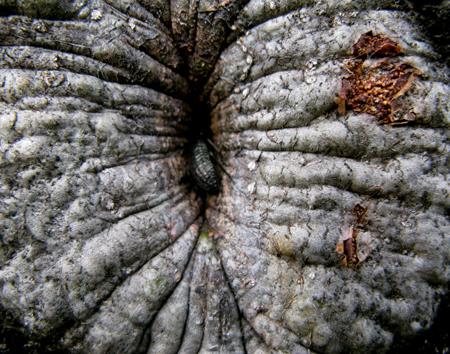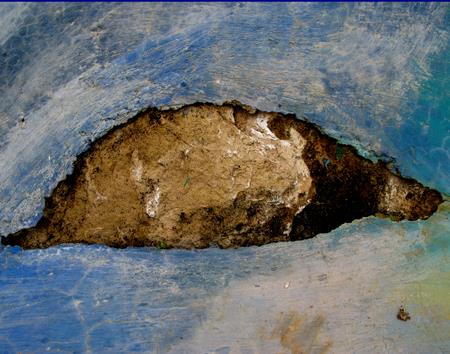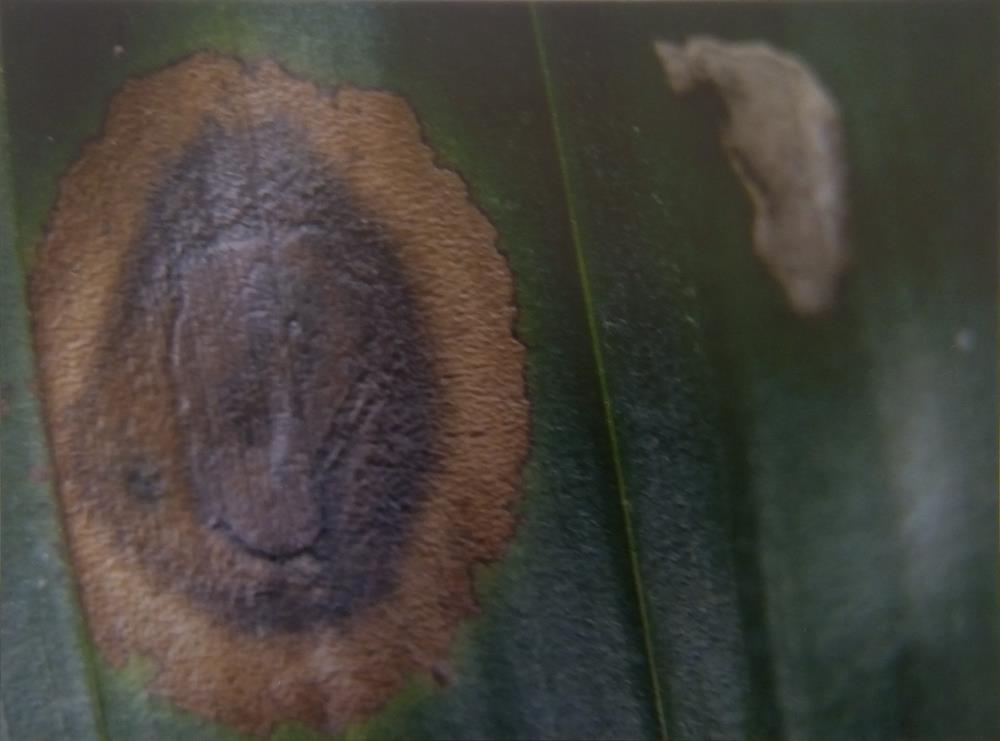Genaro Sántiz
Mayan/Tsotsil artist
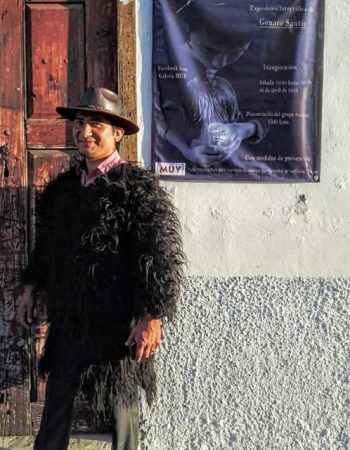
Cruzton, San Juan Chamula, Chiapas, Mexico, 1979
The photography of Genaro Sántiz has a striking elegance, set off by a wonderful sense of humor. He explores his native Chamula culture critically, frequently with the eye of a migrant and imbued with the cultural edge of a distinguished and original family.
Sántiz began photography as a child, instructed by his older sister, Maruch Sántiz, and his passion for the camera led him to train at the Chiapas Photographic Project (CPP), where he later became a teacher for other Tzotzil speakers in the Highlands of Chiapas. After finishing high school in San Cristóbal de Las Casas, Sántiz traveled to the United States in the first decade of the 2000s to work and absorb the intercultural reality of that country.
Upon returning to Chiapas, Sántiz renewed his photographic exploration of customs, economy and social practices – and nature – in Chamula and the rest of Chiapas. Subsequently, Genaro married the well-known Japanese musician, Rie Watanabi. His has become the “impossible” eye that looks at itself, an “insider-outsider-insider”, more critical than nostalgic, always engaged and committed to understanding and deconstructing the Mayan-Chamula culture in a complex globalized world.
Genaro’s photo-essay publication Pox: a traditional liquor from Chiapas (2005), analyzes the alcoholic beverage and its religious and cultural uses. This work has proven to be a notable contribution to Native American-conceived ethnography, but firmly anchored in the contemporary artistic tradition.
Genaro Sántiz has exhibited in Mexico, the United States and Europe, and his work is part of the collection of the Jordan Schnitzer Museum of Art (Eugene, Oregon).
Exhibitions
- Pox, Medicine of the soul, solo exhibition, Galería MUY, San Cristóbal de las Casas, Chiapas, 2022.
- Spoxil Ch’ulelal (Medicine of the soul), multidisciplinary exhibition, Centro médico siglo XXI, Ciudad de México, 2019.
- Xanabiletik: Chronicle of indigenous migrants from Chiapas, group exhibition, Galería MUY, San Cristóbal de las Casas, Chiapas, 2019.
- The camera turns, photo exhibition, Galería MUY, San Cristóbal de las Casas, Chiapas, 2016.
- Chuvaj Vob, sound exhibition, Galería MUY, San Cristóbal de las Casas, Chiapas, 2016.
